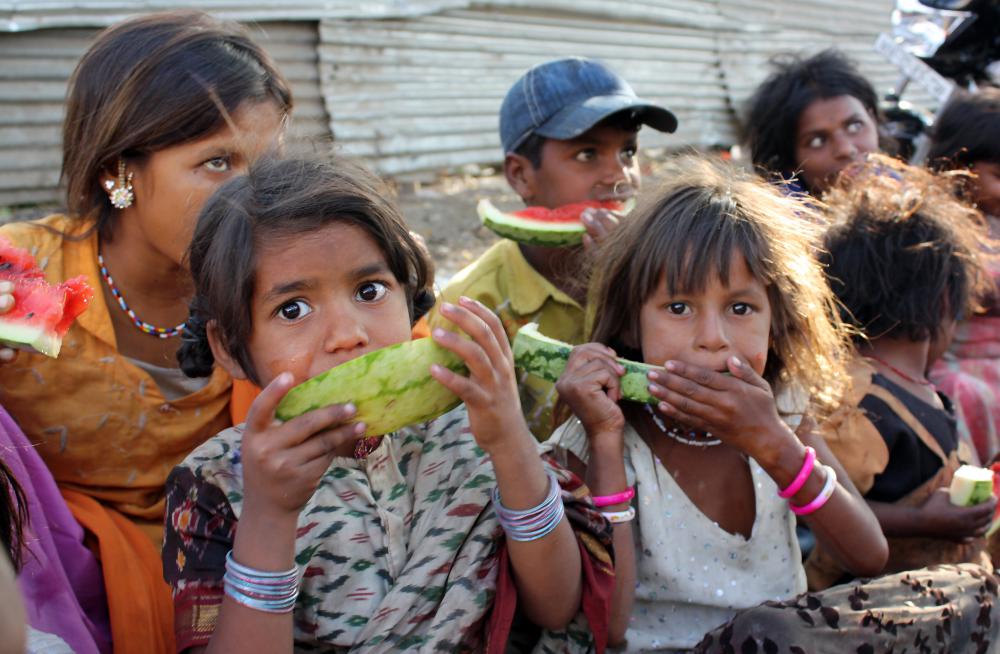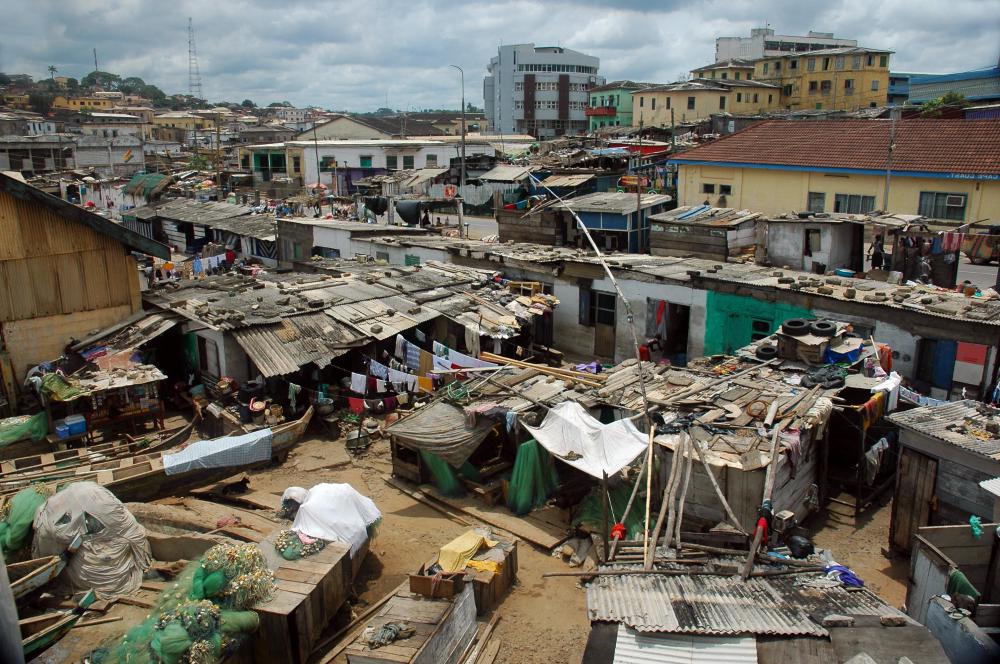At WiseGEEK, we're committed to delivering accurate, trustworthy information. Our expert-authored content is rigorously fact-checked and sourced from credible authorities. Discover how we uphold the highest standards in providing you with reliable knowledge.
What Is Connection between Microfinance and Poverty Reduction?
Multiple research studies conducted over the course of several decades have concluded positive links between microfinance and poverty reduction. In particular, microfinance has the ability to reach those who previously did not have access to standard forms of credit, usually delivered through financial institutions and the commercial banking sector. As well, the number of people around the globe who can access microfinance has seen consistent growth over the last decade, and that trend is set to continue into the foreseeable future. Those who are able to access credit through microfinance are able to put to capital to work almost immediately, thereby increasing their standard of living and improving economic circumstances, without incurring undue debt obligations. While microfinance has had a positive impact in reducing poverty where applied, the challenge with the industry is scalability, therefore making a minimal impact on global poverty and potentially skewing evidence of its impact on poverty.
Attributes of microfinance make access to required capital for poverty laden families, individuals and business enterprises a realistic option. This is accomplished by breaking down the traditional barriers that standard creditors have erected, which restrict access to credit for those with limited economic resources. Microfinance typically does not require collateral, relies on a simple application and documentation process, adapts repayments plans to the borrower’s economic circumstances, and leverages groups within the community to round-up capital and inject emergency assistance when needed. Effectively addressing the concerns of those in poverty, microfinance affords such communities access to needed credit, allowing them to expand economic enterprises through asset acquisitions, resource optimization and establishment of operations. Through such expansive efforts, poverty stricken families and businesses can increase their incomes reliably and consistently, which are key indicators linking microfinance and poverty reduction.

Additionally, microfinance begins with defined objectives designed to increase the circumstances of those in poverty, rather than exploit them. First, microfinance provides an alternative to informal credit that is often simply unaffordable. As well, microfinance provides small injections of capital at rates substantially reduced from those of informal credit systems. Furthermore, microfinance has shown to work efficiently in helping people retain self-sufficiency through self-employment, maximization of employment opportunities, achievement of economic participation, and the ability to finance projects that are needed within communities, but otherwise cannot attract the required investment capital.

Action on a small scale, however, plagues the concept of microfinance. Scalability is a major concern, with the majority of microfinance organizations being relatively small in size, limiting their reach beyond a core selection of populations and communities. Implementation on a small scale has demonstrated the potential of microfinance and poverty reduction; however, the majority of the world’s population suffering under the constraints of poverty does not have access to microfinance capital. Due to the current structure of the industry, the links between microfinance and poverty reduction are thus tentative, because they are seldom replicated across several regions under similar circumstances.
AS FEATURED ON:
AS FEATURED ON:













Discuss this Article
Post your comments